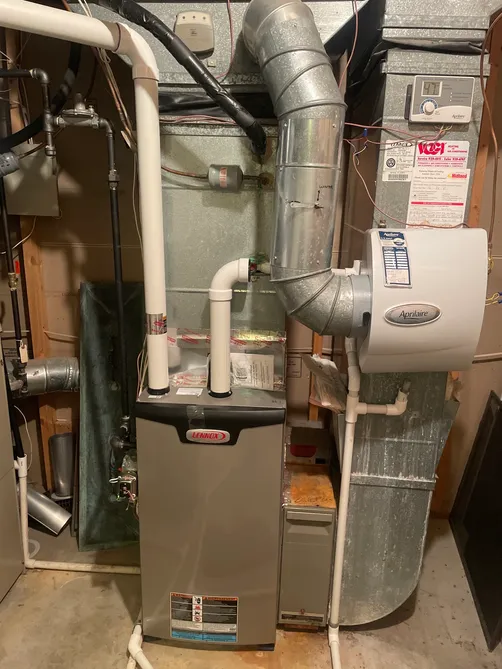The Ultimate Guide to Furnace Setup for a Cozy Home
Furnace installment is a crucial facet of preserving a comfortable home setting, especially during the colder months. As you think about these aspects, the inquiry remains: what steps can you take to ensure your furnace offers you well for years to come?
Kinds Of Heaters

Gas heaters are the most common selection as a result of their effectiveness and lower functional prices. They utilize gas or gas, providing quick heating and regular efficiency, making them ideal for colder climates.
Electric furnaces, while normally simpler to mount and keep, have a tendency to have greater functional prices. They are frequently preferred in locations where gas solution is unavailable or for homes with existing electric facilities.
Oil heaters, though less typical today, remain a sensible alternative in particular areas. They melt home heating oil, which can be beneficial throughout chillier months, but their dependence on oil distribution poses prospective difficulties.
In addition, there are high-efficiency designs offered throughout these kinds, which can substantially decrease power consumption and utility costs - furnace installation. Eventually, comprehending these heater types will aid house owners select a system that lines up with their home heating requires, budget, and power choices
Selecting the Right Dimension
Selecting the proper size for a furnace is crucial to making certain optimum performance and energy efficiency. A small heater will certainly have a hard time to preserve comfortable temperature levels throughout the cold months, resulting in raised damage, higher energy expenses, and possible system failing. On the other hand, a large heating system may cycle on and off also frequently, causing ineffective home heating and uneven temperature circulation within the home.
To figure out the proper heating system size, a calculation recognized as the Handbook J load estimation should be executed. This process examines numerous elements, including the square video footage of the home, insulation levels, home window sizes, and regional climate problems. This thorough evaluation makes sure that the furnace satisfies the certain heating needs of the room.

Setup Refine Introduction
In terms of materials, you will certainly require ductwork, insulation, and securing tape to guarantee optimal airflow and energy efficiency - furnace installation. It is also important to have a brand-new heating system filter handy, together with venting products, such as PVC pipe or metal flue, depending upon the type of heating system being set up
Safety and security tools, consisting of gloves, safety glasses, and a face mask, is likewise important to safeguard versus dust and particles throughout installation. Having all these devices and products easily offered not only improves the procedure however additionally improves the safety and security and efficiency of the heating system installment.
Upkeep Tips for Long Life
To ensure the longevity of your heating system, it is vital to apply a normal maintenance timetable that resolves key elements of the system. Begin by replacing or cleaning the air filter every one to 3 months, as a stopped up filter can restrict see air flow and decrease efficiency. In addition, examine and clean the blower setting up to stop dust accumulation that can hinder performance.
Next, check the thermostat setups and alter if required to ensure precise temperature policy. Evaluate the ductwork for leaks or clogs, as this can cause energy loss and irregular home heating. On a regular basis oil the motor and bearings according to the producer's recommendations to minimize damage.
Professional inspections should take place annually, where a certified specialist can evaluate the heating system's general condition, check for gas leakages, and make sure that safety and security features are functioning appropriately. Finally, consider installing a programmable thermostat to maximize energy use and keep consistent home temperature levels. By taking on these upkeep practices, you can boost your furnace's performance, prolong its life-span, and inevitably delight in a comfortable and comfortable home atmosphere.
Verdict
